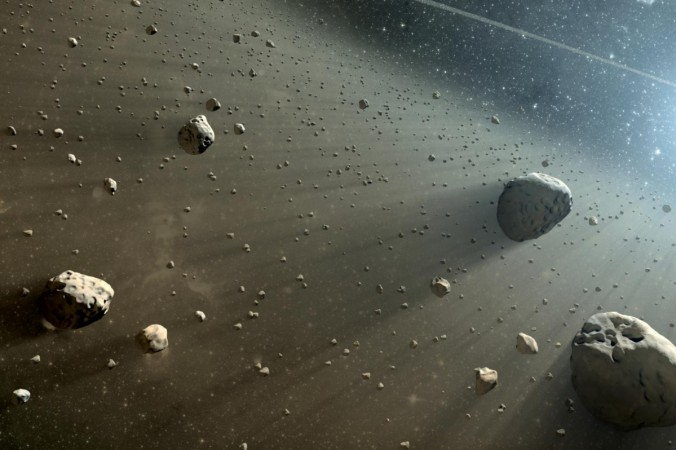
NASA is currently reviewing a couple of proposals to send new missions to visit and explore Centaurs. These are space rocks near Jupiter and Neptune that exhibit characteristics of both comets and asteroids.
According to NASA's Jet Propulsion Laboratory, Centaurs are cosmic objects that are known to travel around the sun. As they go around the massive star, their trajectory paths take them to the regions between Jupiter and Neptune.
Scientists noted that Centaurs are often labelled as asteroids due to their general size. However, studies conducted on these objects revealed that many of them have the same composition as comets, which are mostly made up of ice water mixed with dust and other chemicals.
Due to their hybrid nature, they became known as Centaurs, which refer to the Greek mythological creatures that have physical characteristics of both humans and horses.
To gain a deeper understanding of the nature of Centaurs, NASA is currently evaluating proposals for new missions aimed to study comet-asteroid hybrids. The first proposal is called Centaurus, Space.com reported.
Alan Stern stated that leader of the proposal and member of the Southwest Research Institute, most Centaurs inhabit a zone filled with frigid cosmic objects known as Kuiper Belt. Stern noted that this area lies beyond Neptune's orbit.
Since most of the objects within this area are frozen and unaltered by the heat from the Sun, they would most likely contain materials that came from the early years of the Solar System. Stern believes that studying the Centaurs in the Kuiper Belt would provide valuable information regarding the formation and evolution of the Solar System.
"We can think of Centaurs as emissaries from the Kuiper Belt," he told Space.com. "They are ways to explore the Kuiper Belt at much closer range. They are wonderful time capsules."
The other proposal that NASA is reviewing, which is known as Chimera, will focus on a particular Centaur called SW1. According to the proposal's lead investigator Walt Harris, SW1 follows a very long orbital path, which makes it very hard to visit and study.
"The orbital trajectory we found for this object is a once or twice per century opportunity," Harris said according to Space.com. "If we don't make it this time, it's going to be another 50 years before we can go back with this kind of mission."
If selected by NASA, the missions based on the Centaurus and Chimera proposals will most likely launch sometime in the mid-2020s.









